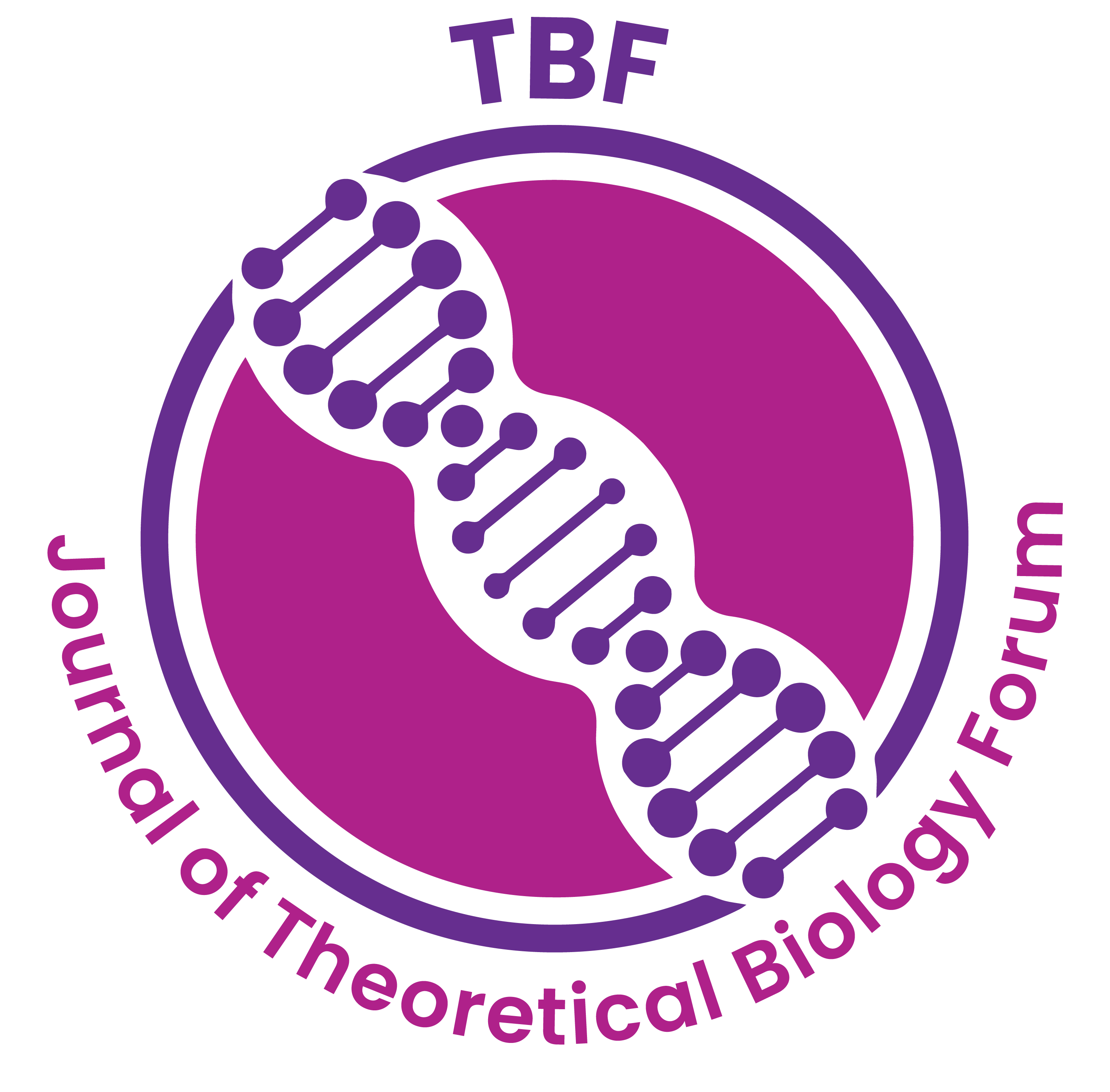Plagiarism Policy
This journal strongly opposes the practice of duplicate publication or any type of plagiarism.
This journal aims to publish original high-quality research work. Submission of a manuscript to this journal indicates that the study has not been published anywhere or not been submitted elsewhere for publication. If author(s) are using any part of a published paper (in English or any other language), they should give a proper reference or in any case, if required they should get permission from the previous publisher or copyright holder (whichever is suitable).
Plagiarized manuscripts would not be considered for publication. If plagiarism is found in any published paper after an internal investigation, a letter would be immediately sent to all the authors, their affiliated institutes and funding agency, if applied and subsequently the paper will be retracted. Plagiarism policy of this journal is mainly inspired by the plagiarism policy of The Nature.
Plagiarism policy of this journal is described below:
- Plagiarism is when an author attempts to pass off someone else’s work as his or her own. This journal also adopted IEEE definition of plagiarism to deal such cases. It defines plagiarism as “the reuse of someone else’s prior ideas, processes, results, or words without explicitly acknowledging the original author and source.”
- Plagiarism can be said to have clearly occurred when large chunks of text have been cut-and-pasted. Such manuscripts would not be considered for publication in this journal. Papers with confirmed plagiarisms are rejected immediately.
- But minor plagiarism without dishonest intent is relatively frequent, for example, when an author reuses parts of an introduction from an earlier paper.
- Duplicate publication, sometimes called self-plagiarism, occurs when an author reuses substantial parts of his or her own published work without providing the appropriate references. This can range from getting an identical paper published in multiple journals, to ‘salami-slicing’, where authors add small amounts of new data to a previous paper. Self-plagiarism, also referred to as ‘text recycling’, is a topical issue and is currently generating much discussion among editors. Opinions are divided as to how much text overlap with an author’s own previous publications is acceptable. We normally follow the guidelines given in COPE website. Editors, reviewers, and authors are also requested to strictly follow this excellent guideline (Reference: Text Recycling Guidelines: http://publicationethics.org/text-recycling-guidelines).
- In case of ‘suspected minor plagiarism’, authors are contacted for clarification. Depending on all these reports, reviewers and editors decide final fate of the manuscript. If the manuscript is finally accepted and published, then to maintain transparency, all these reports are published in ‘publication history’ of the paper by following Advanced OPEN peer review system. The journal editors judge any case of which they become aware (either by their own knowledge of and reading about the literature, or when alerted by referees) on its own merits.
- Use of the automated software is helpful to detect the ‘copy-paste’ problem. All submitted manuscripts are checked by the help of different databases, eTBLAST, Plagiarism Detection tools, etc. At the same time scientific implication of the case (‘suspected minor plagiarism’), also judged by reviewers and editors. Plagiarism Detection tools are useful, but they should be used in tandem with human judgment and discretion for the final conclusion. Therefore, suspected cases of plagiarisms are judged by editors on ‘case-to-case basis’.
- Editors have the final decision power for these cases.
Some useful information is available at the following links:
- http://www3.imperial.ac.uk/library/researchers/plagiarismdetection
- http://www.nature.com/authors/policies/plagiarism.html
- http://www.artjohnson.umd.edu/bioe/Threshold-for-Plagiarism.pdf
- http://www.zju.edu.cn/jzus/download/editorpapers/SCIMsurvey.pdf
- http://en.wikipedia.org/wiki/Plagiarism_detection
- The Complete Guide to Referencing & Avoiding Plagiarism
- Cross Check Plagiarism Screening: What’s the Magic Number?
This journal is determined to promote integrity in research publication. We have great respect and we generally follow the guidelines, given by COMMITTEE ON PUBLICATION ETHICS (COPE) for any publication disputes, authorship disputes, etc. For these kinds of disputes, we generally visit and follow the COPE website and author(s) are also requested to do so. Excellent guidelines, related to COPE’s Code of Conduct and its advice to tackle cases of suspected misconduct, are available in this link (http://publicationethics.org/resources/flowcharts). All the materials available in COPE website are the copyright of COPE.
